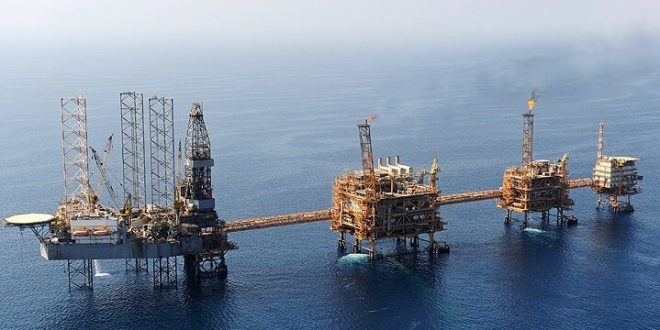Iranian Offshore Oil Company (IOOC), in collaboration with the National Iranian Tanker Company (NITC), has started implementing a project for injecting gas condensate into Soroush oil field in the Persian Gulf to maintain its production level.
In this project, which is being implemented for the first time in the history of Iran’s oil industry, gas condensate produced from the giant South Pars gas field in the region, has been loaded into a vessel called “Forest” and shipped toward Soroush field near Kharg Island to be injected into the field’s wells.
The projects kicked off on Thursday and the process of loading the condensate, shipping it and injecting the gas into the field all went smoothly and all the safety measures were taken in carrying out the operation.
Soroush oil field, in Persian Gulf, is located about 120 Kilometers (km) Southwest of Bahregan area and 80 Km from Kharg Island.
The field is positioned near Abouzar, Esfandiar, and Norouz fields. The field production was stopped during the Iran-Iraq war.
Soroush was redeveloped by Royal Dutch Shell in 2000 under a Buy-back contract.
Iran is currently producing over 550,000 barrels of gas condensate on a daily basis, part of which is directly exported to foreign destinations, and a part is used as the feedstock for domestic refineries.
Gas condensate, also called condensate, is a low-density mixture of hydrocarbon liquids that are present as gaseous components in the raw natural gas produced from many natural gas fields. Some gas species within the raw natural gas will condense to a liquid state if the temperature is reduced to below the hydrocarbon dew point temperature at a set pressure.
Most of Iran’s gas condensate is produced from the country’s giant South Pars gas field which Iran shares with Qatar in the Persian Gulf waters.

 Iran Energy News Oil, Gas, Petrochemical and Energy Field Specialized Channel
Iran Energy News Oil, Gas, Petrochemical and Energy Field Specialized Channel



